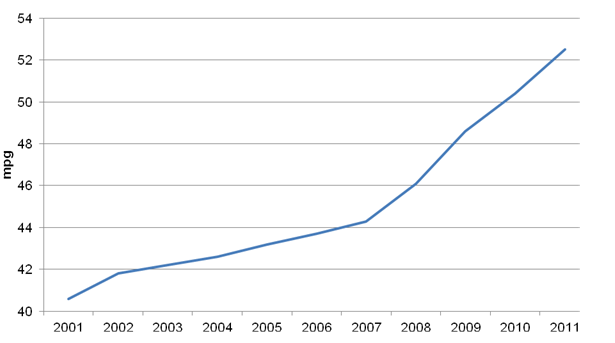madviking
north american scum
I wonder where Antarctica would be.
Well, uh, Antarctica's coastline is more like...
iceline?
I wonder where Antarctica would be.



And so the banana-republicanization of the US continues...

Sadly, things in Europe are developing the same way, just on a smaller scale.And so the banana-republicanization of the US continues...
But the cake has got bigger, it's just that the chart shows how much each person's share has grown relative to the average for some unspecified previous period. It's pathetic and dishonest that they put this as a little asterix at the bottom, rather than calling attention to it in the title of the chart. The title of the chart should be "difference between the average growth in income between 1979 and 2005 and the average growth in income for the N decades preceeding 1979". Of course, that might have just made people stop and think for a moment about how to interpret the chart correctly.
Yes, but not significantly. And with significantly I mean growth rates beyond 2 or 3%. Meaning the growth must have a significant impact on the structural situation of the economy to counteract what I called a natural force in my last post (though there is no guarantee it will).But the cake has got bigger
To be fair - this Asterix isn't actually small. As far as graph notations go, it is very big. And I would argue that with a title and a timescale missing in the actual graph one is bound to look at it to make any sense of the graph in the first place.It's pathetic and dishonest that they put this as a little asterix at the bottom, rather than calling attention to it in the title of the chart. The title of the chart should be "difference between the average growth in income between 1979 and 2005 and the average growth in income for some unspecified time period before 1979".



http://www.oecd.org/document/4/0,3343,en_2649_33933_41460917_1_1_1_1,00.htmlIncome inequality followed different patterns across OECD countries and there are signs that levels may be converging at a common and higher average. Inequality first began to rise in the late 1970s and early 1980s in some Anglophone countries, notably in the United Kingdom and the United States, followed by a more widespread increase from the late 1980s on. The most recent trends show a widening gap between poor and rich in some of the already high-inequality countries, such as Israel and the United States. But countries such as Denmark, Germany and Sweden, which have traditionally had low inequality, are no longer spared from the rising inequality trend: in fact, inequality grew more in these three countries than anywhere else during the past decade. However, some countries recorded declining income inequality recently, often from high levels (Chile, Mexico and Turkey).
Where is the increasing income inequality coming from: wages, employment or capital incomes?
Increases in household income inequality have been largely driven by changes in the distribution of wages and salaries which account for 75% of household incomes of working-age adults. With very few exceptions (France, Japan and Spain), wages of the 10% best-paid workers have risen relative to those of the 10% least-paid workers. This was due both to growing earnings’ shares at the top and declining shares at the bottom, but top earners saw their incomes rising particularly sharply (Atkinson, 2009). The highest 10% of earners have been leaving the middle earners behind more rapidly than the lowest earners have been drifting away from the middle.
Earnings inequality also depends on the type of jobs people hold and their work arrangements. Since the mid-1980s, women’s employment has grown much more rapidly than that of men. But many women work part-time and earn less which explains part of widening earnings gaps among the workforce. On average across the OECD, the share of part-time employment in total employment increased from 11% in the mid-1990s to about 16% by the late 2000s, with the strongest increases observed in some European countries (OECD, 2010). But rich and poor people were not affected by these changes in working-time arrangements in the
same way. Average annual hours worked per person in dependent employment fell slightly in most OECD countries over the past ten years. But more working hours were lost among low-wage than among highwage earners, again contributing to increasing earnings inequality.
On what is this assumption based? That the gap between the richest and second-richest is smaller? That hardly can fulfill the definition of equality.if 10 people earn $10,000 per year, and 1 person earns $100,000 per year, then this is an unequal society. If 4 of those originally poor people suddenly start earning $50,000 per year, then the curve flattens, and the society is more equal.
 , i.e. a society where wealth is overall less equally distributed.
, i.e. a society where wealth is overall less equally distributed.then that is what you are doing.I don't accept a conception on "income equality" that fails to recognise this.
